Farmers formed the core of the Sustainable Cotton Project by committing their land, time and resources to creating a more sustainable way of farming cotton. With support from SCP and University of California's cotton, water and entomology specialists, growers were able to successfully farm quality cotton with fewer chemical inputs, which allowed growers to save money and time while reducing the impacts of cotton farming on their land.
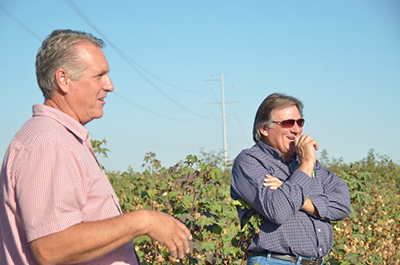
Many enrolled farmers found that the practices they used on their cotton were also easily applied to the other crops they grew like melons, tomatoes, tree crops and other vegetables.
FARMER TESTIMONIALS
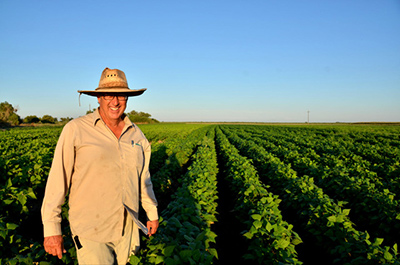
"One of the many valuable assets for me has been the grower meetings. The ability to network with other growers and compare practices is priceless."
The Cleaner Cotton™ Field Program worked with small and medium sized conventional cotton farmers interested in reducing chemical use and implementing more biologically based management practices.

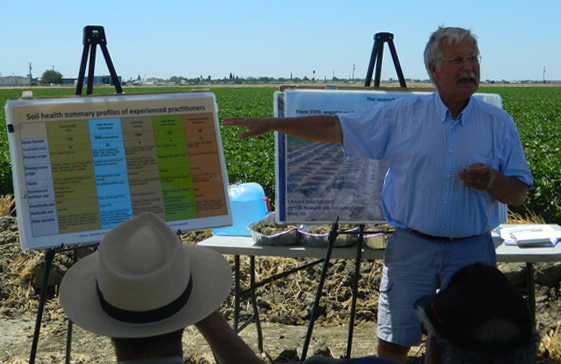
The goal was to produce high-quality fiber while minimizing the chemical impact on our air, water, soil and human health. Key components included use of:
Monitoring
Farmer-to-Farmer
Field Demonstrations
Proven Methods
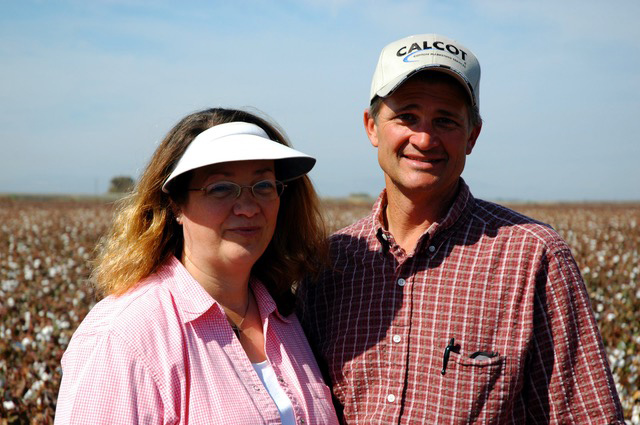
Integrated Pest Management (IPM)?
IPM follows an environmental approach by focusing on long-term prevention of pests
through a combination of biological control, habitat manipulation and modification of
cultural practices. Pesticides are used only after monitoring and established guidelines
indicate pests exceed acceptable levels. Pest control materials are selected and applied to
minimize the impact on the public health, environment and non-targeted organisms.
Cleaner Cotton™?
SCP growers produced Cleaner Cotton™. A high quality fiber grown in a more biological
manner and produced without the most harmful chemicals used in conventional
production. Production methods were documented and verified by the grower and SCP.
Cleaner Cotton™ can be either acala or pima varieties.
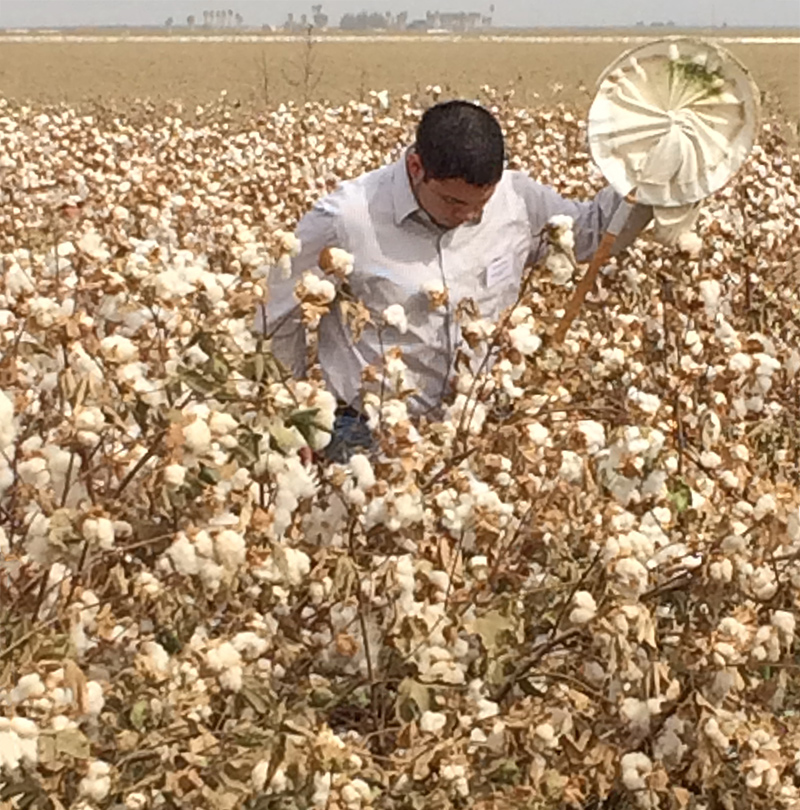
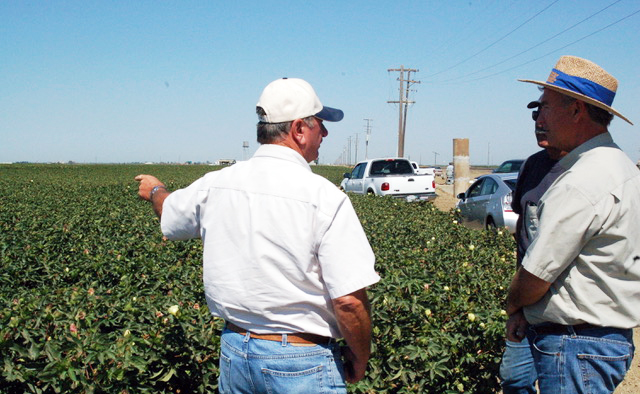
Farm Size
Farms today are fewer and bigger. According to the United States Department of Agriculture the amount of land used for crops, pastures or grazing declined from 1 million acres—to 910 million acres—from 2016 to 2017 alone. While the average farm size has been increasing, the number of farms is decreasing. After peaking at 6.8 million farms in 1935, the number of U.S. farms fell sharply until the early 1970s. Rapidly falling farm numbers during the earlier period reflected growing productivity in agriculture and increased nonfarm employment opportunities. Since then, the number of U.S. farms has continued to decline, but much more slowly. In the most recent survey, there were 2.02 million U.S. farms in 2019, down from 2.20 million in 2007.
Lease or Purchase
With land costs increasing in California, many Central Valley farmers own some land but may lease much of their farmland used for crop production. This allows for flexibility to adjust their farm size as conditions warrant, but can increase the uncertainty about future farming and may limit loan funding since the land is not owned. Leased land may come with restrictions, but leasing can free up capital for new equipment, production and marketing costs.
Ag Loans
Agricultural loans provide credit flow for the smooth functioning of the farming sector in the country.
It is common agricultural practice that farmers secure a crop loan at the start of each season. It can be difficult to keep up with all of the costs associated with running a farm, so farmers need low-interest agricultural loans to help them stay afloat until crop revenues are received. Farmers also have access to financial aids such as crop insurance and subsidies that provide protection to the farmer in the event of damage to crops due to weather conditions or other factors.
